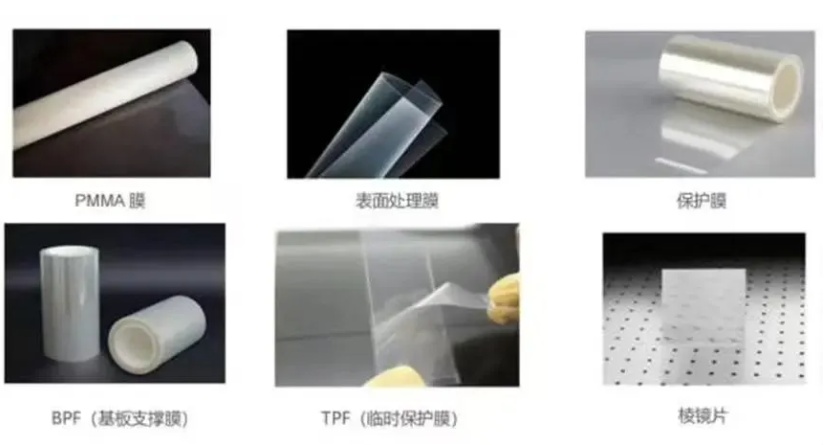Wanhua Chemical Enters a New Field for the First Time with the Establishment of a New Company!

Source: Aiqicha
New Materials
Hefei Xinmei Material Technology Co., Ltd. (abbreviated as: Xinmei New Material) was established on September 19, 2023, with a registered capital of up to 3.89 billion yuan. It was jointly founded by Nuoyan Capital, Hefei Industrial Investment Group, and state-owned assets from multiple locations including the Xinzhan High-tech Zone, Fuzhou, and Danyang. The company is mainly engaged in the business of polarizer protective films, surface treatment films, and OLED materials.
It is reported that in 2023, the company participated in the acquisition of the polarizer materials business of South Korea's LG Chem (LGC), along with all related intellectual property, equipment, and key personnel. After multiple rounds of negotiations, the transaction was finally completed in January this year. The business transferred from South Korea's LGC to New Beauty Materials is a leader in the global fields of protective films, surface treatment films, and PO materials.
Optical film
Polarizing films occupy a primary position in the raw material system of liquid crystal panels, with their core composition including several key materials known as the "five films and one adhesive." In the display panel field, optical films play an indispensable role—they are the critical materials for precisely controlling the light transmittance and reflectance of various displays such as LCDs and OLEDs, and are therefore hailed as the "chips" of the optical industry. It is worth noting that these specialized materials often have very high entry barriers due to stringent requirements in technology and processes.

At present, in the field of display panels and polarizers, Chinese companies already hold a leading position in global market share. However, in the upstream raw materials sector, such as optical films and OLED luminescent materials, Chinese companies still need to strive to catch up in terms of market share.
According to statistics, China's optical film market increased from 35.4 billion yuan in 2019 to 46.4 billion yuan in 2022. It is expected that the market size will reach 76.9 billion yuan by 2027, with a compound annual growth rate of 10.6% from 2022 to 2027.
【Copyright and Disclaimer】The above information is collected and organized by PlastMatch. The copyright belongs to the original author. This article is reprinted for the purpose of providing more information, and it does not imply that PlastMatch endorses the views expressed in the article or guarantees its accuracy. If there are any errors in the source attribution or if your legitimate rights have been infringed, please contact us, and we will promptly correct or remove the content. If other media, websites, or individuals use the aforementioned content, they must clearly indicate the original source and origin of the work and assume legal responsibility on their own.
Most Popular
-

List Released! Mexico Announces 50% Tariff On 1,371 China Product Categories
-

EU Changes ELV Regulation Again: Recycled Plastic Content Dispute and Exclusion of Bio-Based Plastics
-

Clariant Unveils Cost-Cutting Plan Details, Plans to Shut Down Multiple Plants
-

Nissan Cuts Production of New Leaf EV in Half Due to Battery Shortage
-

Mexico officially imposes tariffs on 1,400 chinese products, with rates up to 50%






